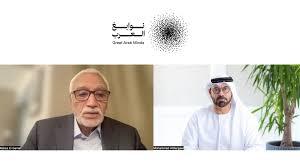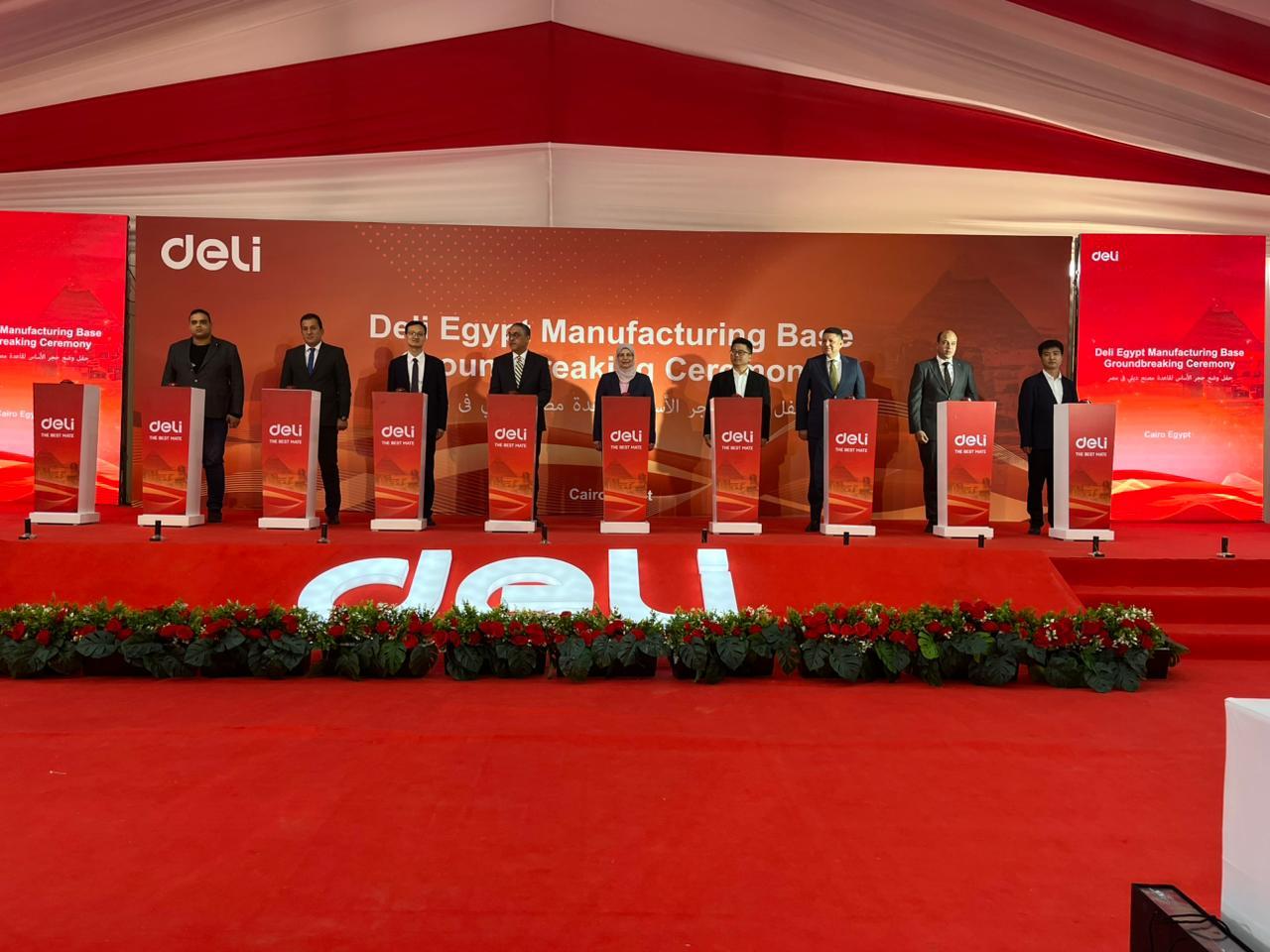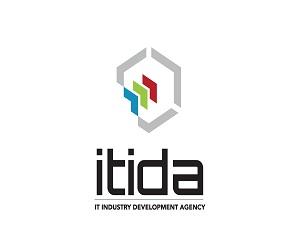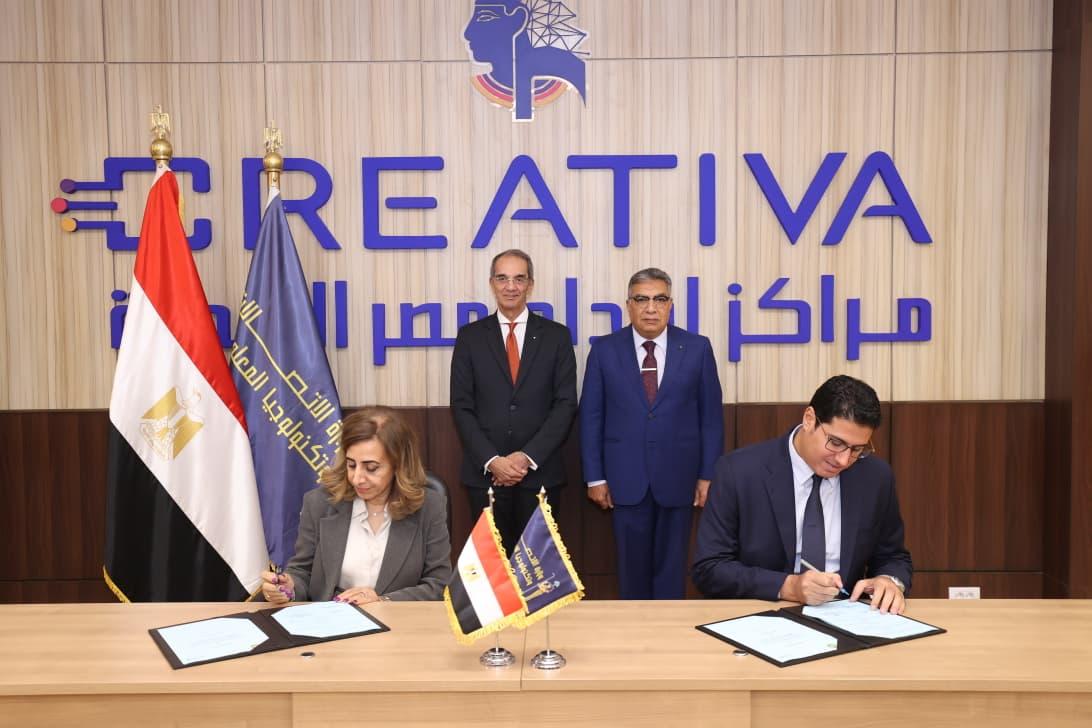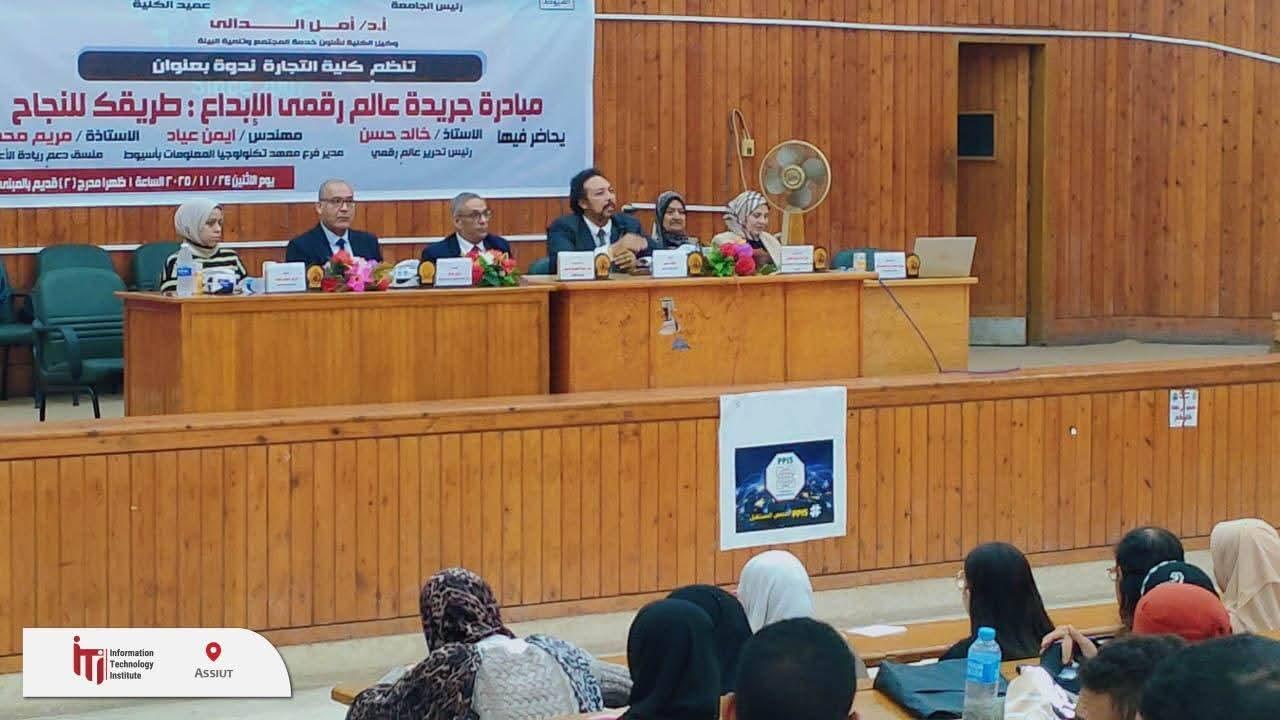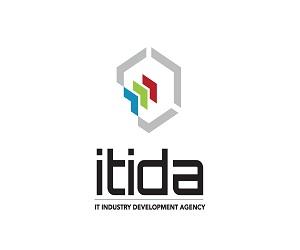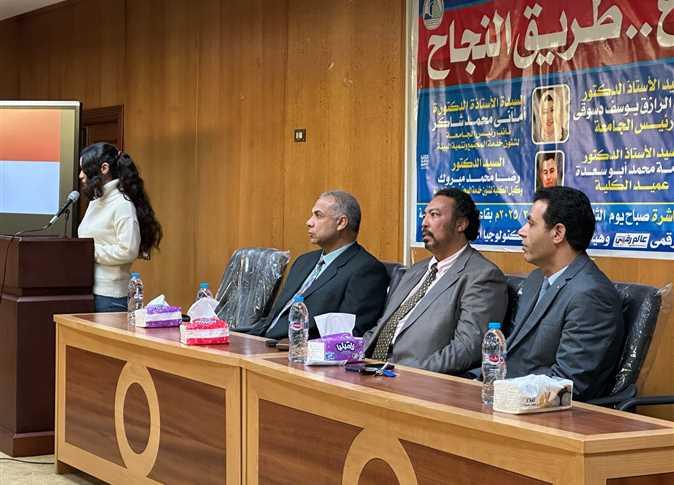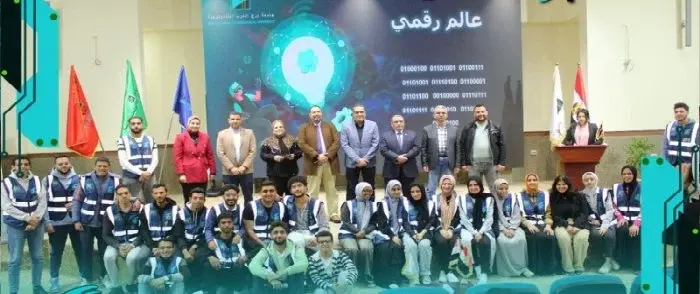By Paul Wallett, Regional Director of Trimble Solutions, Middle East
With the construction sector booming in the Middle East and North Africa (MENA) region, there has been increased economic activities and a growing demand for raw materials. Being the largest in Africa and the third largest in the MENA region after UAE and Saudi Arabia, the wave of this rise is evident in the Egyptian construction market.
Currently, Egypt’s government has revealed plans for major projects such as a high-speed train and construction of new smart towns. Furthermore, the New Urban Communities Authority (NUCA) is planning to develop more cities with integrated services. According to reports, Egypt Construction Market size is estimated at USD 50.78 billion. With a predicated CAGR of 8.39 per cent, the market is anticipated to reach USD 75. 97 by 2029. However, the surge in construction activity always comes with a tangible downside, a marked increase in construction waste.
The increasing construction wastes and government initiatives
As the region grapples with this consequence, the necessity of implementing conscientious waste management practices to handle the byproducts of these developments has become paramount. At present, construction and demolition waste (CDW) is regarded as one of the heaviest and most voluminous waste streams in the world, contributing to considerable carbon emissions.
In Egypt, construction waste amounts to an estimated 30-50 million tons, which accumulates in specific dump sites as a result of both previous operations and ongoing construction activities. Hence, in an aim to manage this accumulated waste and convert it into valuable byproducts, the country is encouraging investments in waste management. The key focus of these investments are supporting recovery of various material from demolition waste including aggregates such as concrete, brick, and metals, woods, plastics and gypsum. These recovered products can bring monetary benefits to companies, as they can be sold to recyclers for manufacturing aggregates, road base, interlock and other products.
Similarly, the country has designed a comprehensive plan, the National Strategy for Solid Waste Management of Egypt, to navigate waste management challenges and pave the way for a sustainable and environmentally friendly future. The strategy is built upon key focus areas including reduction and recycling, proper collection and disposal, waste-to-energy solutions, through which the country underscores its commitment towards circular economy.
The circular economy framework emphasizes minimizing waste generation by promoting resource efficiency, reuse, and recycling throughout the lifecycle of materials. By transitioning towards circular practices, Egypt can not only mitigate the environmental impact of construction waste but also unlock economic opportunities through the recovery and reuse of valuable materials like concrete, metals, and plastics.
Construction waste leads to increased efforts, which ultimately leads to schedule delays and budget overruns in a construction project. Studies from Trimble Solutions indicate that in most projects, 30 per cent of materials are wasted, 40 per cent of projects go overbudget, 30 per cent of construction requires rework and 90 per cent of projects are late in the sector. Therefore, it is imperative to employ advanced technologies for better waste management.
Utilising construction technology for waste management
The construction industry offers great possibilities to implement recycling and reuse practices, since some of its components have a high resource value. Industry players can utilise various software tools for scenario analysis and optimisation to identify the most economical and environmentally friendly solutions. One example is Building Information Modelling (BIM), which simplifies conveying design ideas and fosters a shared understanding among stakeholders. When BIM technology is integrated into a constructible process, it delivers tangible benefits in terms of time, cost, materials and resources. Content-enabled BIM models offer the precision and detail necessary for efficient construction management and post-construction operations, as well as helps project stakeholders detect and address issues before commencing work or ordering materials.
Similarly, constructible models offer the required level of detail or development (LOD) for construction readiness, enabling contractors to leverage prefabrication, off-site fabrication and automated workflows such as construction layout and data capture. Furthermore, by learning various design and material alternatives before starting actual construction, teams can reduce waste generation while meeting project specifications.
Using drones, automation technologies, digital twins and 3D modelling software can assist in conducting high-resolution surveillance, segregating reusable materials from the waste stream and detecting potential conflicts early in the project lifecycle. This streamlined approach supports accurate and effective workflows throughout the project.
Ultimately, the successful adoption of such technologies depends on the willingness of industry participants to embrace them. This link between technology adoption, user knowledge and strategic application is central to achieving enhanced efficiency and sustainability in waste management and construction processes.







